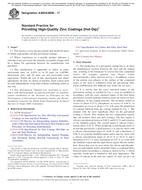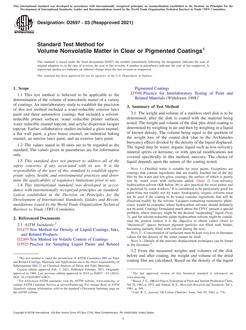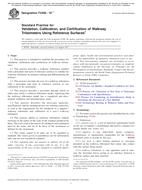1.1 This test method covers the determination of the bromine number of the following materials:
1.1.1 Petroleum distillates that are substantially free of material lighter than isobutane and that have 90 % distillation points (by Test Method D 86) under 327C (626F). This test method is generally applicable to gasoline (including leaded, unleaded, and oxygenated fuels), kerosine, and distillates in the gas oil range that fall in the following limits:
| 90 % Distillation Point, C (F) | Bromine Number, max 2 |
| Under 205 (400) | 175 |
| 205 to 327 (400 to 626) | 10 |
1.1.2 Commercial olefins that are essentially mixtures of aliphatic mono-olefins and that fall within the range of 95 to 165 bromine number (see Note 1). This test method has been found suitable for such materials as commercial propylene trimer and tetramer, butene dimer, and mixed nonenes, octenes, and heptenes. This test method is not satisfactory for normal alpha-olefins.
Note 1 – These limits are imposed since the precision of this test method has been determined only up to or within the range of these bromine numbers.
1.2 The magnitude of the bromine number is an indication of the quantity of bromine-reactive constituents, not an identification of constituents; therefore, its application as a measure of olefinic unsaturation should not be undertaken without the study given in Annex A1.
1.3 For petroleum hydrocarbon mixtures of bromine number less than 1.0, a more precise measure for bromine-reactive constituents can be obtained by using Test Method D 2710. If the bromine number is less than 0.5, then Test Method D 2710 or the comparable bromine index methods for industrial aromatic hydrocarbons, Test Methods D 1492 or D 5776 must be used in accordance with their respective scopes. The practice of using a factor of 1000 to convert bromine number to bromine index is not applicable for these lower values of bromine number.
1.4 The values stated in SI units are to be regarded as the standard. The inch-pound units given in parentheses are for information purposes only.
1.5 This standard does not purport to address all of the safety concerns, if any, associated with its use. It is the responsibility of the user of this standard to establish appropriate safety and health practices and determine the applicability of regulatory limitations prior to use. For specific precautionary statements, see Sections 7, 8, and 9.
Product Details
- Published:
- 01/01/1998
- Number of Pages:
- 9
- File Size:
- 1 file , 55 KB


